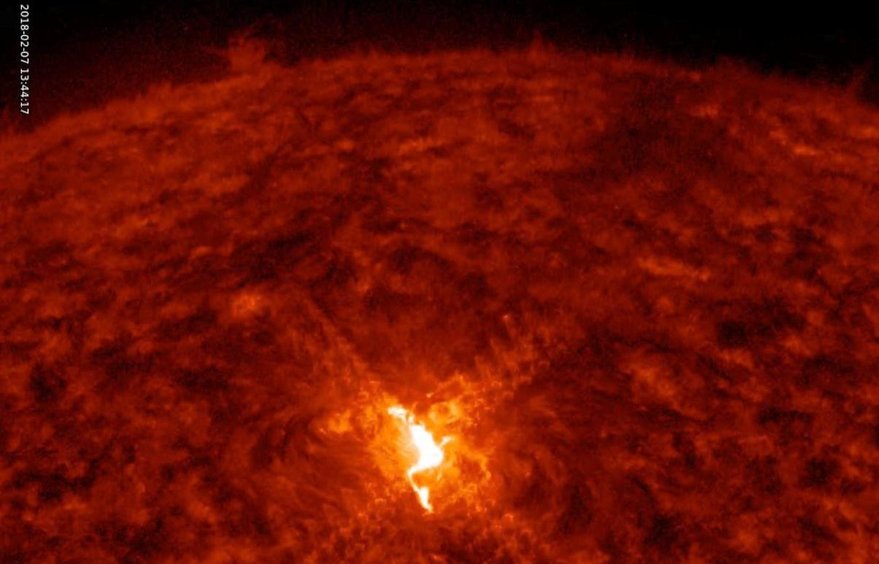SAN FRANCISCO – Ball Aerospace won a $96.9 million contract June 25 to build, integrate and operate the National Oceanic and Atmospheric Administration’s Space Weather Follow On (SWFO) satellite destined for Earth-Sun Lagrange Point 1.
Under the firm fixed-price contract awarded by NASA on behalf of NOAA, Ball Aerospace will design and manufacture the satellite bus, integrate government-furnished instruments, perform testing, help train the flight operations team, check-out the satellite in orbit and support mission operations. The SWFO-L1 contract covers work scheduled to be completed in March 2025.
The SWFO-L1 satellite is scheduled to launch in 2024 alongside NASA’s Interstellar Mapping and Acceleration Probe, a mission to investigate particles streaming to Earth from the edges of interstellar space. The SWFO-L1 mission is designed to collect solar wind data and coronal imagery to help NOAA monitor and forecast solar storm activity, once the current solar sensors stop working.
SWFO-L1 instruments include the Naval Research Laboratory’s Compact Coronagraph, the Supra Thermal Ion Sensor from the Space Sciences Laboratory at the University of California, Berkeley, and a magnetometer from the Southwest Research Institute.
For the SWFO-L1 award to Ball Aerospace, NASA relied on its Rapid III Spacecraft Catalog. The Rapid III Spacecraft Catalog is designed to streamline the procurement process for NASA and other federal agencies buying spacecraft and support for scientific and technical missions.
In addition to SWFO-L1, Ball Aerospace of Boulder, Colorado, is building a weather satellite for the U.S. Space Force Space and Missile Systems Center called Weather System Follow-on.
